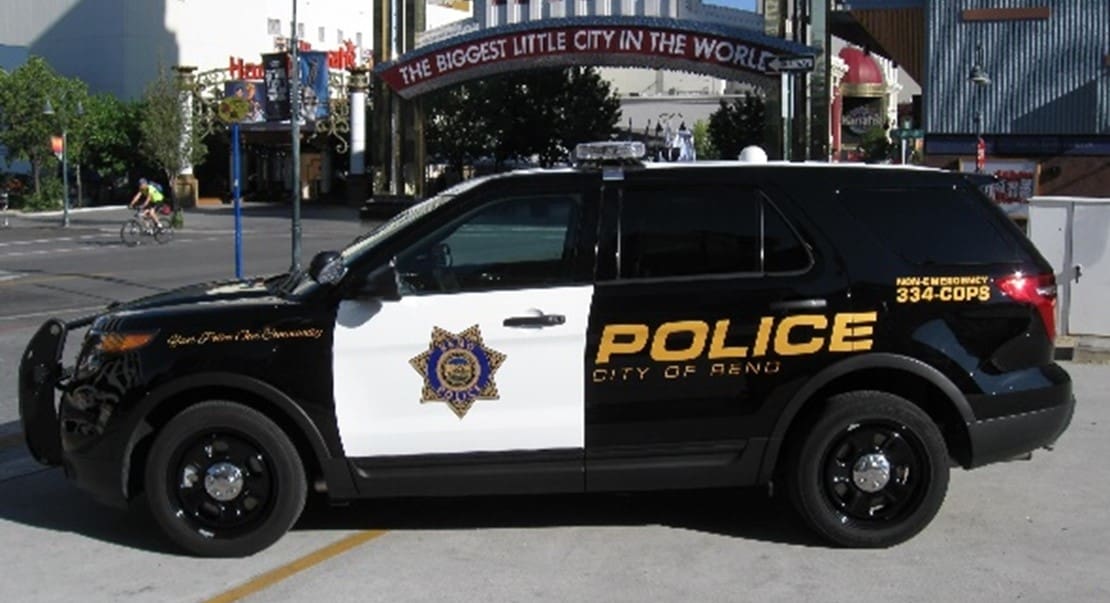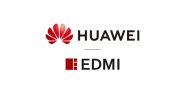For all of the hype and inflated market expectations of the past few years about the Internet of Things (IoT), uptake has been slower than predicted. While the pace of growth for 2017 will remain steady, one thing could spur even more industry momentum in 2017: decreasing costs. The industry has demonstrated greater efficiencies and cost savings that the IoT brings to businesses and consumers, and that is translating to rising sales. The increased volumes in device shipments, increased numbers of connections and installations, and broad solution rollouts mean that costs will continue to come down, and, as a result, more business plans will make financial sense. The buzz around the industry has changed from one of hype to one of early results, and investors are scrambling to get in to the latest and greatest IoT opportunities. On the 5G front, 5G will still very much remain in the development stages in 2017, while the industry waits for standards to be defined and agreed upon. Until those are established, the question of which frequencies and spectrum will be used in different global regions by the operators remains unanswered. In these two market segments, there are some emerging trends that will come to a head in 2017:
#1: LACK OF 5G STANDARDS WON’T HOLD BACK EFFORTS
While standards are hammered out for the fifth-generation wireless networks, no one is standing still and waiting. Companies are preparing for several potential outcomes and will continue to research, develop and collaborate with industry partners to stay ahead of the game. Many companies have initial solutions in the works to be able to move quickly when it becomes clear which direction the industry is headed. 5G is no longer a matter of IF, but WHEN.
#2: HEALTHCARE WILL REALIZE GREATER IOT BENEFITS
Because of the privacy, cost and adoption issues involved with the healthcare and medical devices industry, this market has been slower to adopt IoT as a mass device solution and for patients to see the benefits. Now that the concepts and benefits have been presented across all the parties involved—government, insurance providers, medical device and pharmaceutical companies, medical professionals, and patients themselves—the path to IoT implementation is clear. However, that large number of decision-makers in the process also has the potential to delay adoption, something of which companies serving this market are acutely aware.

Dermot O’Shea,
Co-Founder & Joint Managing Director,
Taoglas
#3: IOT WILL CREATE GREATER EFFICIENCIES IN THE UTILITIES MARKET, WHILE CHALLENGES REMAIN
A good example of IoT taking greater hold in the utilities market is in the area of AMR (automatic meter reading). Traditionally, utilities always read and communicated with their meters using their own SCADA networks. However, it is costly to install and maintain those networks. With the subscription and data rates now being offered to IoT customers by the major carriers, they are finding it makes more sense to go to cellular-based solutions. It is not only cost-effective, but more features and functionality can be offered to not only the utility, but to its customers. This all helps us use less energy while increasing profitability.
Yet, we’ll still see pushback on the question of ‘Who is Going to Pay?’ The vendors expect the cities and municipalities to pay for smart utilities, hence increasing prices of services to the taxpayer. These solutions need to mature more to demonstrate how they reduce cost as well as reducing carbon taxes and creating other environmental benefits. Like the medical industry, there needs to be more adoption from all the players in the supply chain before greater adoption can occur.
#4: ANTENNAS BECOME MORE IMPORTANT THAN EVER IN THE SUCCESS OF THE IOT
Expect to see smaller form factors, lower costs and greater performance to accommodate the demands of today's IoT applications and the expectations of the end users. Certification requirements increase in demand and difficulty, and RF and antenna performance with that. IoT solution providers need to work with vendors whom understand and have experience successfully navigating that complexity.
The wireless and IoT markets are going to be a dynamic space in 2017. The excitement and hype won’t die down anytime soon, but we’ll see a big dose of real applications with real business cases emerge for the IoT in 2017, and some interesting possibilities come into view in the 5G arena as well.
About The Author:
Dermot is a seasoned IoT entrepreneur, with more than 15 years’ experience in the global electronics industry spread over roles in Europe, Asia and North America. He is recognized as an expert in the antenna and wireless business. Dermot currently serves as Joint CEO of Taoglas Group and President of Taoglas USA – the leading M2M/IoT antenna solutions provider. Dermot co-founded Taoglas with Ronan Quinlan in 2003 and together they have led the company to exponential profitable growth. Dermot has also helped Taoglas earn recognition globally as the market leader for M2M and IoT antennas.


















